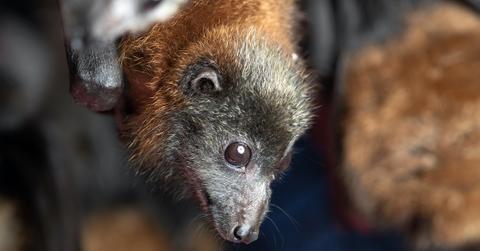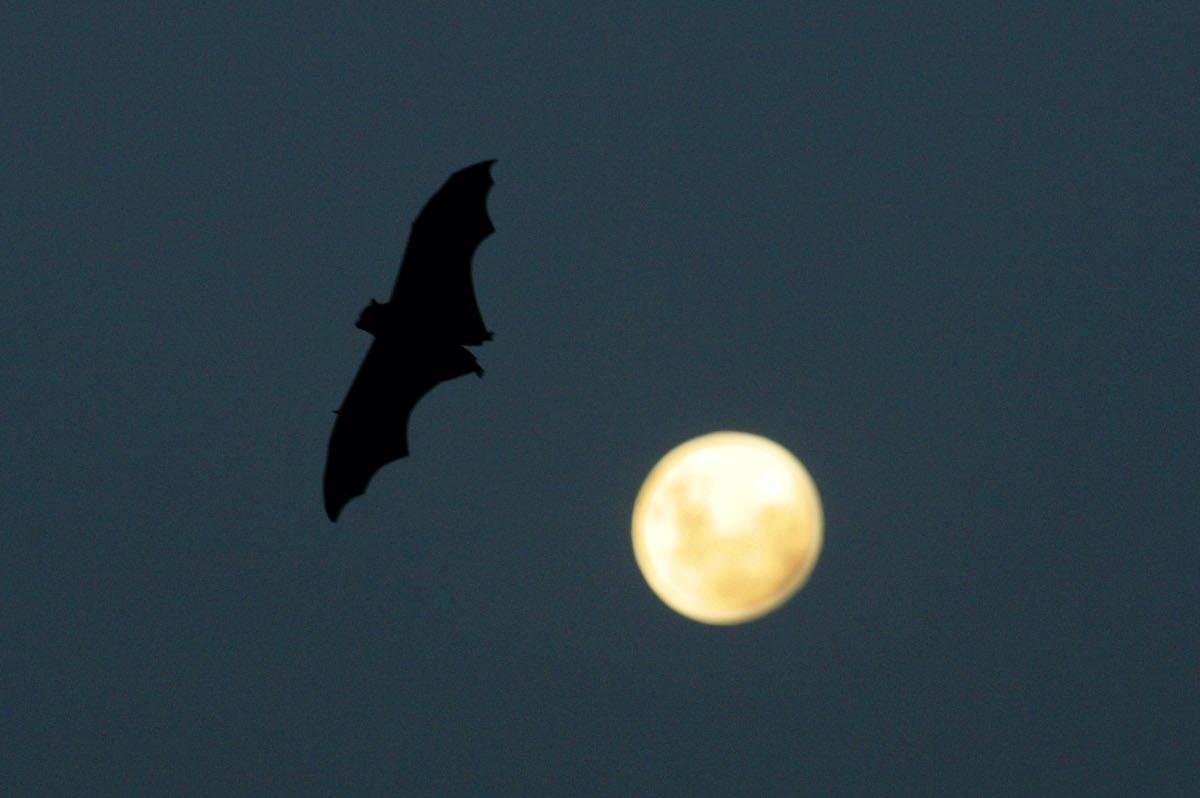Why Are Bats Protected? We Depend on These "Misunderstood" Little Creatures
Updated March 1 2021, 2:28 p.m. ET

The Endangered Species Act (ESA) is a powerful tool in protecting key species around the U.S. It’s had immense success in restoring populations of many iconic animals, from the grizzly bear to the bald eagle. However, some less, shall we say, ~popular~ animals are protected as well, such as bats. Why are bats protected by the Endangered Species Act?
Keep reading to learn about which kinds of bats are protected by the ESA, why bats are such vital creatures, and how you can help protect them.

Why are bats important?
While many people may view bats as pests, bats are incredibly important animals. The U.S. Fish & Wildlife Service, which regulates the country's Endangered Species program, actually calls bats “misunderstood.” Per the government agency, bats save the U.S. an estimated $1 billion annually on pesticide and crop damage fees, since bats are actually pollinators (fun fact: they are the only species that can pollinate the agave plant!), and they also disperse seeds, which is key for growing new plants.
Additionally, bats eat many insects that are deemed "pests" by the agricultural industry, saving the U.S. at least $3 billion annually, according to the U.S. Fish & Wildlife Service.
Why are bats protected in the U.S.?
As you can see above, bats are crucial for ecosystems far and wide — without bats, plant species that rely on their pollination and seed dispersal efforts would struggle to survive, and farmers would have to use even more pesticides than they already do. This would not only be more expensive financially (both to the industry and to consumers), but it would also be more expensive environmentally, as pesticides hurt the environment in a myriad of ways.
Unfortunately, bats are threatened all over the world, primarily due to humans. According to the U.S. Fish & Wildlife Service, deforestation has caused loss of habitat as well as hibernation disturbances for bats; white-nose syndrome, a serious fungal disease that has been rapidly spreading across the U.S. since 2006, has killed millions of bats. If you ever come across bats with white-nose syndrome (or a few other conditions), you should alert the proper authorities.
Which bats are protected?
Not all bats are protected federally by the ESA. According to the U.S. Fish & Wildlife Service, bat species classified as endangered — which are therefore protected by the ESA — are the Florida bonneted bat, gray bat, Hawaiian hoary bat, Indiana bat, little Mariana fruit bat, Mexican long-nosed bat, Ozark big-eared bat, Pacific sheath-tailed bat, and Virginia big-eared bat.
Then, the Mariana fruit bat (aka Mariana flying fox) and northern long-eared bat are both classified as threatened, which is a bit less serious — it means they are at risk of becoming endangered in the near future. While some of these bats have states or countries as part of their names, every bat species mentioned is protected wherever it is found.
How you can help bats:
Thanks to protection under the ESA, various conservation efforts are being made by the government, organizations, and scientists to protect bat species classified as endangered and threatened. You can also support bats and other pollinators by planting a “butterfly garden” on your lawn, or by donating to an organization working to protect bats.